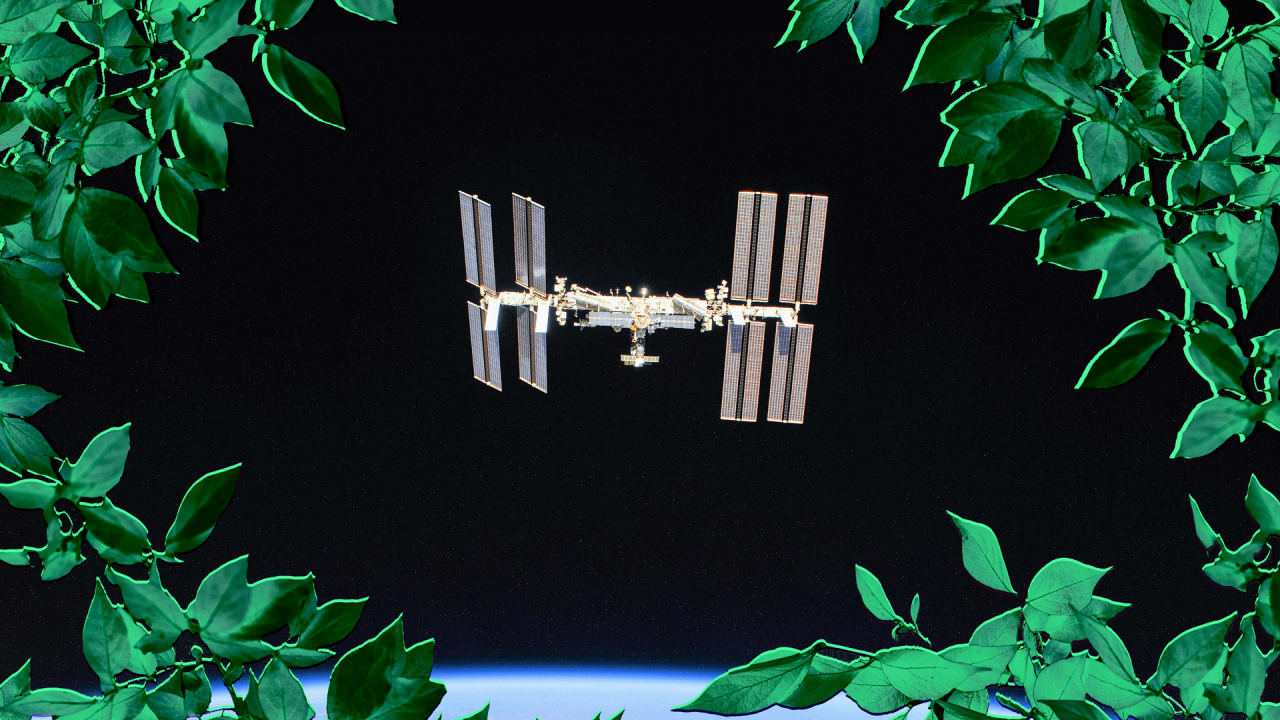[ad_1]

Redwire announced on Tuesday it will develop the first commercially owned and operated space greenhouse. The project, funded by an award from the International Space Station (ISS) National Lab, will generate insights to support both crop science on Earth and future exploration missions.
Redwire Greenhouse will take flight no earlier than spring 2023 and, if all goes to plan, will be the first commercially owned greenhouse on the ISS.
“Growing full crops in space will be critical to future space exploration missions as plants provide food, oxygen and water reclamation,” Dave Reed, Redwire Florida Launch Site Operations director and Greenhouse project manager, said in a press release. “Increasing the throughput of crop production research in space, through commercially developed capabilities, will be important to deliver critical insights for NASA’s Artemis missions and beyond.”
Redwire is no stranger to the space plant game. The mission will make use of Redwire’s already flight-qualified plant growth tech, including passive orbital nutrient delivery system devices. These devices, developed in partnership with Tupperware, are currently on the ISS. Redwire has also managed plant investigations in NASA’s Advanced Plant Habitat since 2018.
Who’s buying
Redwire’s customer for the inaugural flight is expected to be Dewey Scientific, an agtech company focused on cannabis science. Its team plans to conduct a 60-day gene expression study to advance biomedical and biofuels research through growing industrial hemp in space.
Looking forward
This is just the first step for Redwire’s greenhouse foray. The space infrastructure company will use this first mission to test out kinks in the facility’s operations, lighting, ventilation, and leaf litter containment functions. After the in-space demo, it hopes to provide a simple, scalable commercial product for civil and commercial customers, enabling them to make the leap from small-scale lab experiments to true production in space.
This story originally appeared on Payload and is republished here with permission.
[ad_2]
Source link

